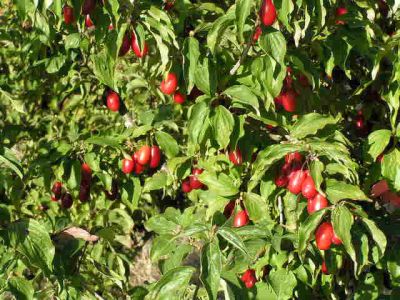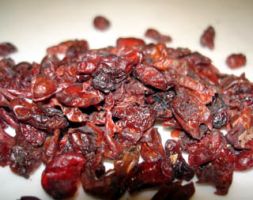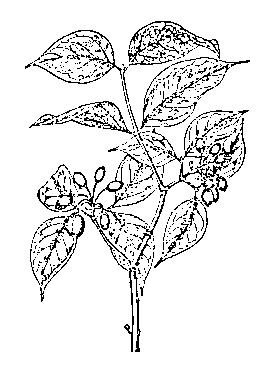[1] Barefoot Doctor's Manual- 1977 Prepared by the Revolutionary Health Committee
of Hunan Province. Original Chinese manual- Victor W. Sidel. Originally published
by Dr Joseph Quin and the Fogarty International centre, Bethdesda (1974). Madrona
Publishers Seattle Washington ISBN 0-914842-52-8
[2] A Complete English Dictionary of Medicinal Terms in Chinese Acupuncture and
Herbalism 1981 - Henry Lu Chinese Foundations of Natural Health- The Academy of
Oriental Heritage, Vancouver, Canada.
[3] Medicated Diet of Traditional Chinese Medicine- Chief Editor- Hou Jinglun.
Associate Editors- Zhao Xin, Li Weidong, Liu Jianxin, Geng Chun-e, Li Guohua,
Li Shaohua. Geijing. Science & Technology Press 1994. ISBN 7-5304-1735-5/R.
309.
Images
1.
nurserytrees.com
Retrieved 28-July-14
2.
[1]
3.
plumdragonherbs.com
Retrieved 28-July-14
 Cornus officinalis.
山
茱 萸
Shān yū roú,
Shan zhu yu
Cornelian cherry,
Dogwood fruit Family: Cornaceae
Cornus officinalis.
山
茱 萸
Shān yū roú,
Shan zhu yu
Cornelian cherry,
Dogwood fruit Family: Cornaceae

 HABITAT:
Grows in hillside thickets or cultivated.
HABITAT:
Grows in hillside thickets or cultivated.